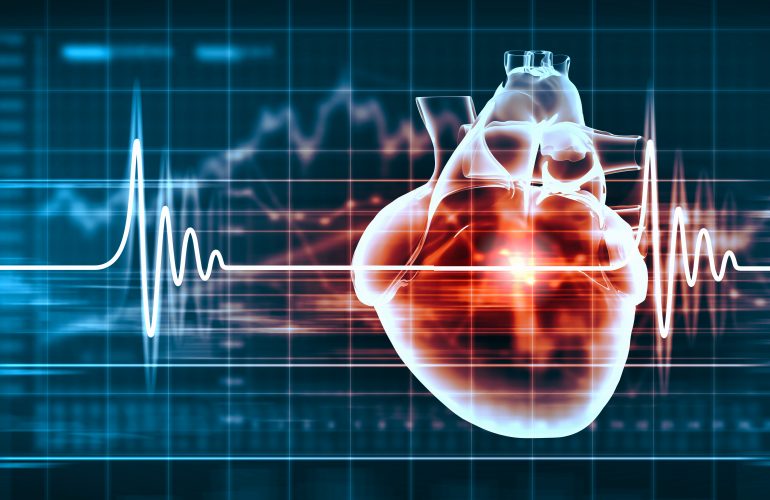Myocardial infarction is the leading cause of death in the United States and around the world. It occurs mostly in people over 65 years of age. Thankfully, advances in medical technology and treatment options have significantly improved a patient’s chances of survival. Myocardial infarction, is also known as MI for short, heart attack or acute coronary syndrome. It occurs when the heart becomes suddenly deprived of oxygen for a variety of reasons. It is generally caused by the rupture of plaque that occludes an artery. An embolism may also be a cause of MI. If oxygen is not restored quickly, the affected area of the heart will die. Most MIs occur due to coronary artery disease.
Who is at Risk?
Advanced age is a major risk factor, especially ages beyond 65. Gender also is a risk factor, specifically being male. Males have a higher incidence of MI before age 70, and after this age, the risk is the same for males and females. Another gender difference involves the experience of atypical symptoms. Although around 30% of people who have an MI experience atypical symptoms, women have them more often than men. Ethnicity is an important risk factor. African Americans have a higher incidence of MI which is associated with diabetes and uncontrolled hypertension. People with high blood cholesterol (hyperlipidemia) are at a greater risk for MI. Other risk factors include tobacco use, high blood pressure (hypertension), diabetes, stress, poor diet, excessive alcohol consumption, lack of exercise, and obesity. Genetics also play a role and one’s family history of heart disease increases the risk for an MI.
Looking for Nursing CEUs?
Try a Free Nursing CEU
Symptoms
While chest pain and pressure may be the most commonly experienced symptoms, there are many others, including:
- Discomfort traveling to the shoulder, arm, back, teeth or jaw
- Pain stemming from the center or left side of the chest
- Fullness or squeezing of the chest
- Shortness of breath
- Nausea or vomiting
- Sensation of heartburn or indigestion
- Sweating and cold sweats
- Feeling faint
- Fatigue
- General malaise or feeling vaguely ill
- No symptoms at all
Myocardial infarction or heart attack is also known as the “silent killer” because over a quarter of people who have one experience no symptoms whatsoever. There is no chest pain, sweating, nausea or any other sign of a heart attack. According to the literature, silent heart attacks are especially common among people with are diagnosed with diabetes.
Treatment
Getting treatment quickly is critical if the person is to survive a heart attack. Aspirin is recommended as the first treatment for a suspected MI. Nitroglycerin may be used to reduce chest pain but it may not improve overall outcomes. Supplemental oxygen should be used if the person has low oxygen levels or has shortness of breath. Once the patient has arrived to the hospital, he or she will be taken to the cath lab and receive a diagnostic angiogram. A Percutaneous Coronary Intervention (PCI) or stenting will be performed.
Final Words on Myocardial Infarction
According to the Centers for Disease Control (CDC), a heart attack occurs every 40 seconds in the United States. Annually, almost 800,000 people experience a heart attack. It is important to be aware of the risk factors, which are mainly lifestyle-related and avoid them. Diet, exercise, stress management and regular health checkups may one day prevent a heart attack. If you are prone to heart attack, know the symptoms and get help fast. A quick response might save your life.
More About Nursing
- Pain Management
- Medication Errors: A Quick Review
Looking for Nursing CEUs?
Find Nursing CEUs on many subjects to fulfill your CE requirements.
Click here for Nursing CEUs

